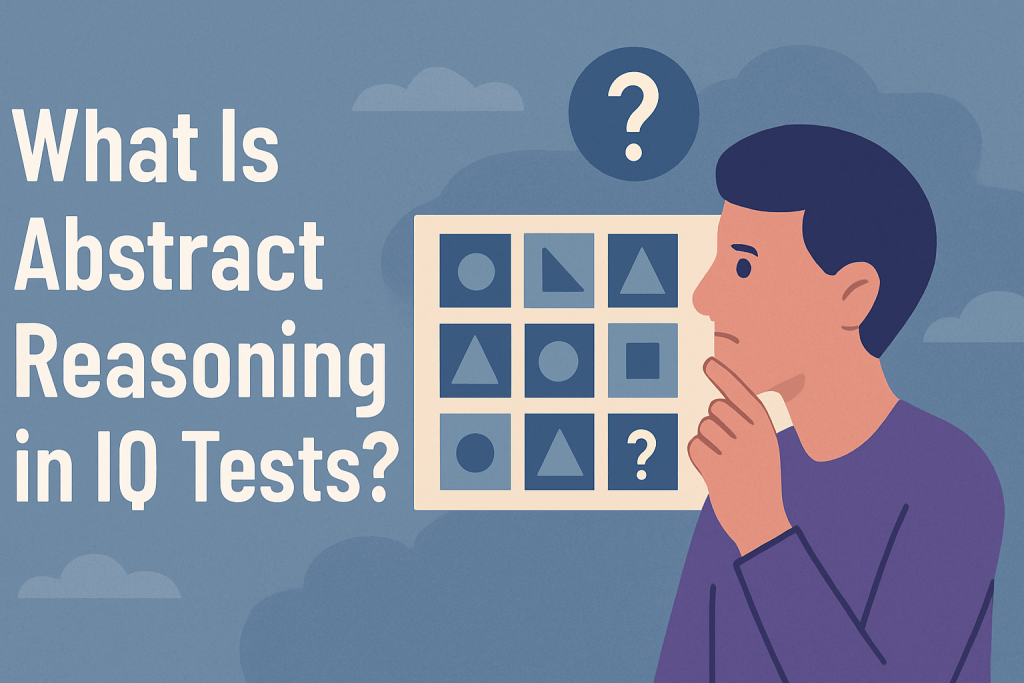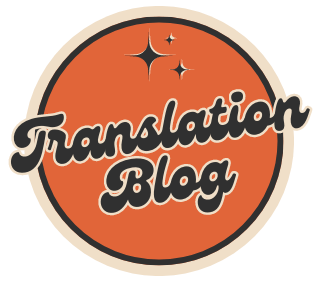Intelligence Quotient tests, those cerebral gauntlets designed to measure cognitive prowess, probe the mind’s ability to wrestle with ideas, numbers, and patterns. Among their varied challenges, abstract reasoning stands as a cornerstone, tasked with evaluating how well someone can spot patterns and solve problems stripped of concrete context. More than a test of book smarts, it’s a window into the mind’s capacity for creative problem-solving—a skill as vital in a lab as it is in a boardroom.

Decoding Abstract Reasoning
Abstract reasoning is the art of analyzing information and detecting patterns without leaning on language, facts, or memorized knowledge. It’s about seeing the underlying logic in a sequence of shapes, symbols, or relationships and using that insight to crack a puzzle. Unlike verbal reasoning, which hinges on words, or numerical reasoning, which demands mathematical fluency, abstract reasoning operates in a realm of pure logic. It’s the mind’s ability to find order in the seemingly chaotic, to connect dots that don’t come with labels.
How It’s Tested
IQ tests measure abstract reasoning through tasks that challenge pattern recognition and logical deduction. Common formats include:
- Pattern Sequences: A series of shapes or symbols changes according to a hidden rule, and the test-taker must predict the next in line.
- Matrix Reasoning: A grid, like the one in Raven’s Progressive Matrices, presents a pattern with a missing piece, requiring the solver to deduce what fits.
- Symbolic Analogies: Relationships between abstract figures must be mirrored to select the correct option.
These tasks sidestep verbal or mathematical crutches, focusing instead on raw cognitive agility. A test like Raven’s Matrices, with its 3×3 grids of evolving patterns, is a gold standard, used in everything from IQ assessments to job aptitude screenings. Platforms like IQ Global Test also feature these types of challenges, offering users a way to assess and explore their abstract reasoning skills through professionally designed, logic-based questions.
Sample Challenges
Consider a typical question: a sequence of squares, each containing a smaller shape that rotates 90 degrees clockwise with each step. The task is to choose which square comes next. The correct answer hinges on recognizing the rotation pattern, not on knowing the names of shapes. Another example: a 3×3 grid where numbers of dots increase by one as you move right or down. The missing bottom-right cell must contain the next logical number of dots, deduced by tracking the increments. A third type might ask, “If a circle becomes a square, and a square becomes a triangle, what does a triangle become?” The answer—a circle—emerges from spotting the cyclical transformation. Each question trains the brain to see beyond the surface.
Why It Matters
Abstract reasoning is a linchpin of general intelligence, often called the “g factor,” which underpins cognitive performance across domains. It’s the engine behind innovation, enabling scientists to hypothesize, engineers to design, and leaders to strategize. In STEM fields, where novel problems demand novel solutions, strong abstract reasoning is a must. Beyond academics, it’s critical for adapting to new situations—whether troubleshooting a glitch or navigating a complex negotiation. Employers prize it, knowing that those who excel at seeing patterns can often see the future.
Abstract Reasoning vs. Other Domains
Abstract reasoning doesn’t exist in isolation; it’s one piece of the cognitive mosaic. Verbal reasoning, with its focus on language and comprehension, excels in tasks like debating or writing. Numerical reasoning shines in calculations and data analysis. Spatial reasoning, a close cousin, involves manipulating objects in the mind’s eye, like envisioning a folded blueprint. Abstract reasoning overlaps with these—sharing logic with numerical tasks and pattern recognition with spatial ones—but it’s distinct in its reliance on non-verbal, non-numerical puzzles. It’s the mind’s ability to dance with ambiguity, unmoored from words or numbers.
Can You Get Better?
While some argue that abstract reasoning is largely innate, practice can sharpen it. Logic puzzles, like those found in brain-training apps or non-verbal IQ prep books, build familiarity with pattern-based thinking. Games like Sudoku, chess, or logic grid puzzles hone the ability to spot relationships and anticipate outcomes. The key is consistency: regular mental workouts, not frantic cramming, strengthen the neural pathways that underpin this skill. Over time, the brain learns to see patterns where it once saw noise.
In a world that rewards adaptability, abstract reasoning is more than a test metric—it’s a mental superpower. Whether decoding a cryptic dataset or navigating life’s unpredictable challenges, the ability to find meaning in the abstract is a skill that transcends the testing room.

